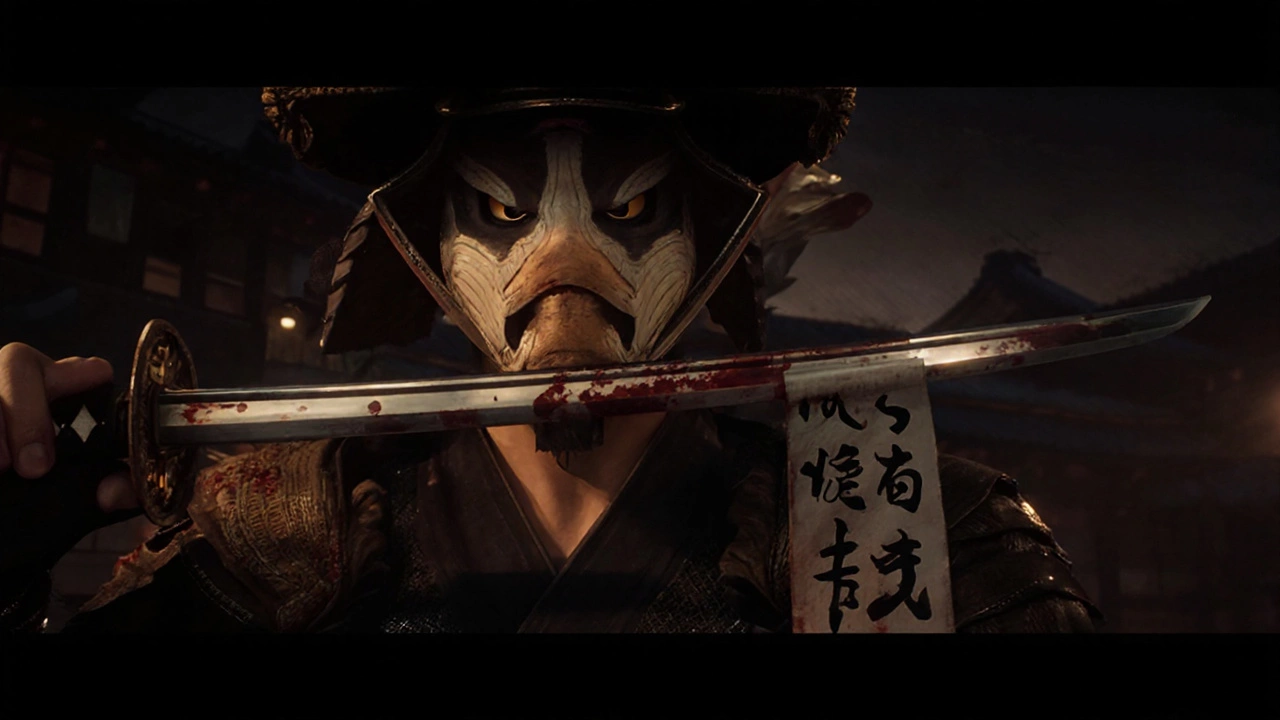Samurai Game
When you hear samurai game, a video title that blends Japanese warrior culture with interactive play. Also known as samurai‑themed video game, it lets players experience the honor, combat and strategy of the samurai era while enjoying modern gaming tech.
Core Elements and Related Worlds
One of the biggest draws of a Japanese history, the real‑world backdrop that supplies costumes, weapons and storylines for many titles is the way it fuels the game's narrative. Samurai games often place you in feudal Japan, letting you walk through authentic villages, castles and battlefields. This historical context pairs well with the action‑adventure genre, the gameplay style that mixes exploration, puzzle solving and fast‑paced combat. The genre requirement means developers must balance story depth with button‑mashing excitement, creating a loop where you learn a new sword technique, unlock a hidden shrine, then face a tougher opponent.
Gameplay mechanics are where the magic happens. Sword combat is usually built on precise timing, directional inputs and a stamina system that mirrors real fighting fatigue. Modern physics engines let blades clash with audible clangs, while visual effects show blood splatter or dust. Many titles also integrate a honor system, rewarding players who follow the samurai code—like sparing enemies or defending the weak—by unlocking special abilities or alternate endings. This blend of combat realism and moral choice gives the player a sense of responsibility beyond just winning fights.
Platforms matter, too. From PlayStation and Xbox consoles to PC and handheld devices, each hardware option shapes how a samurai game feels. Console releases often exploit powerful GPUs for lush, open‑world environments that mimic the rolling hills of Kyoto. PC versions, on the other hand, let modders add new weapons, tweak AI behavior, or even create entirely new story arcs. Mobile adaptations usually streamline controls, focusing on quick bouts of swordplay that fit a commute. No matter the device, the core promise stays the same: an immersive slice of Japan’s warrior past combined with today's interactive tech.
Development teams bring their own flavor. Some studios specialize in hyper‑realistic graphics, using motion‑capture to replicate actual sword techniques. Others favor a stylized, anime‑inspired look that emphasizes speed and spectacle over strict accuracy. Independent creators might weave mythic elements—like yokai or legendary dragons—into the samurai framework, expanding the genre’s creative horizons. This diversity ensures that fans can find a game that matches their taste, whether they crave gritty realism, fast‑paced arcade action, or fantastical storytelling.
All of these pieces—historical setting, action‑adventure mechanics, platform choices and developer styles—interlock to define what a samurai game truly is. Below you’ll see a curated collection of articles that break down each aspect in more detail, showcase standout titles and offer tips for picking the right game for your next adventure.
Ghost of Yōtei Review: A Bloody Samurai Sequel That Delivers
Ghost of Yōtei expands on its predecessor with visceral combat, flexible stealth, and a striking visual style. The game follows Atsu’s revenge quest, offering both brutal melee and ranged tactics. New aesthetic modes and a dense open world keep the experience fresh, though some platforming feels repetitive. Overall, it refines the samurai fantasy without reinventing the genre.
